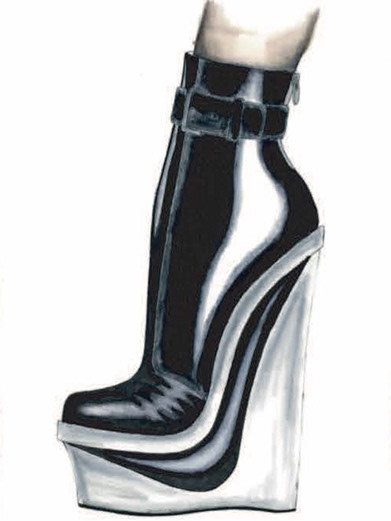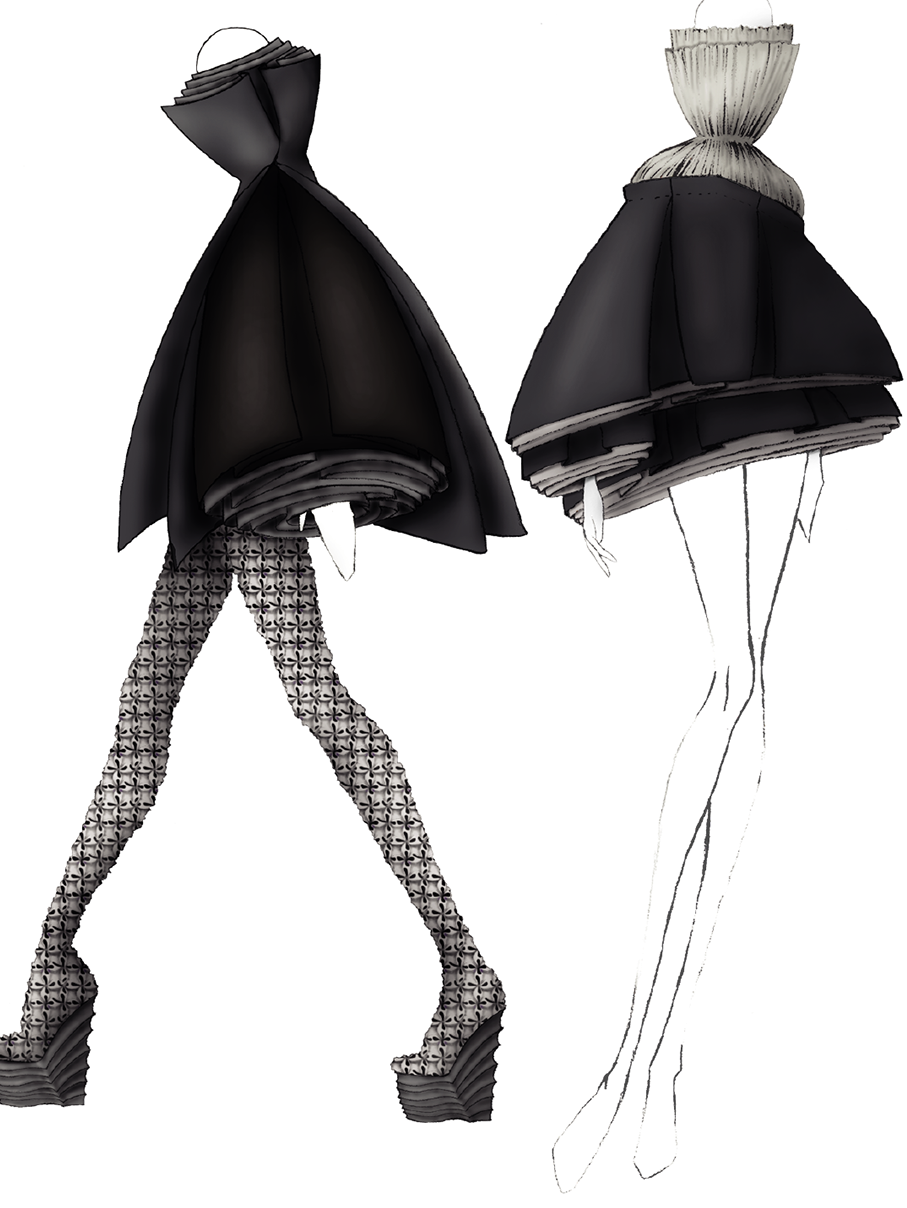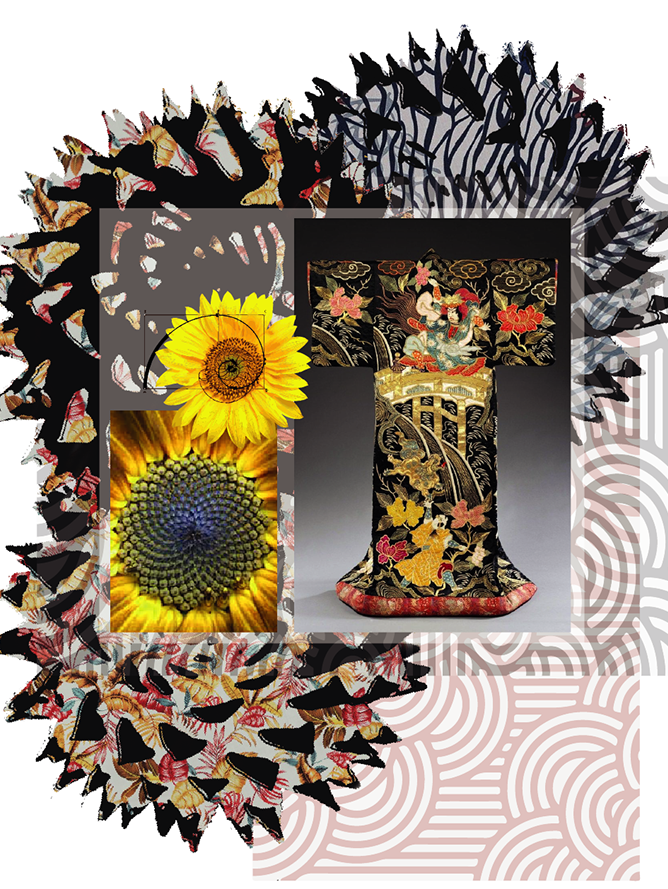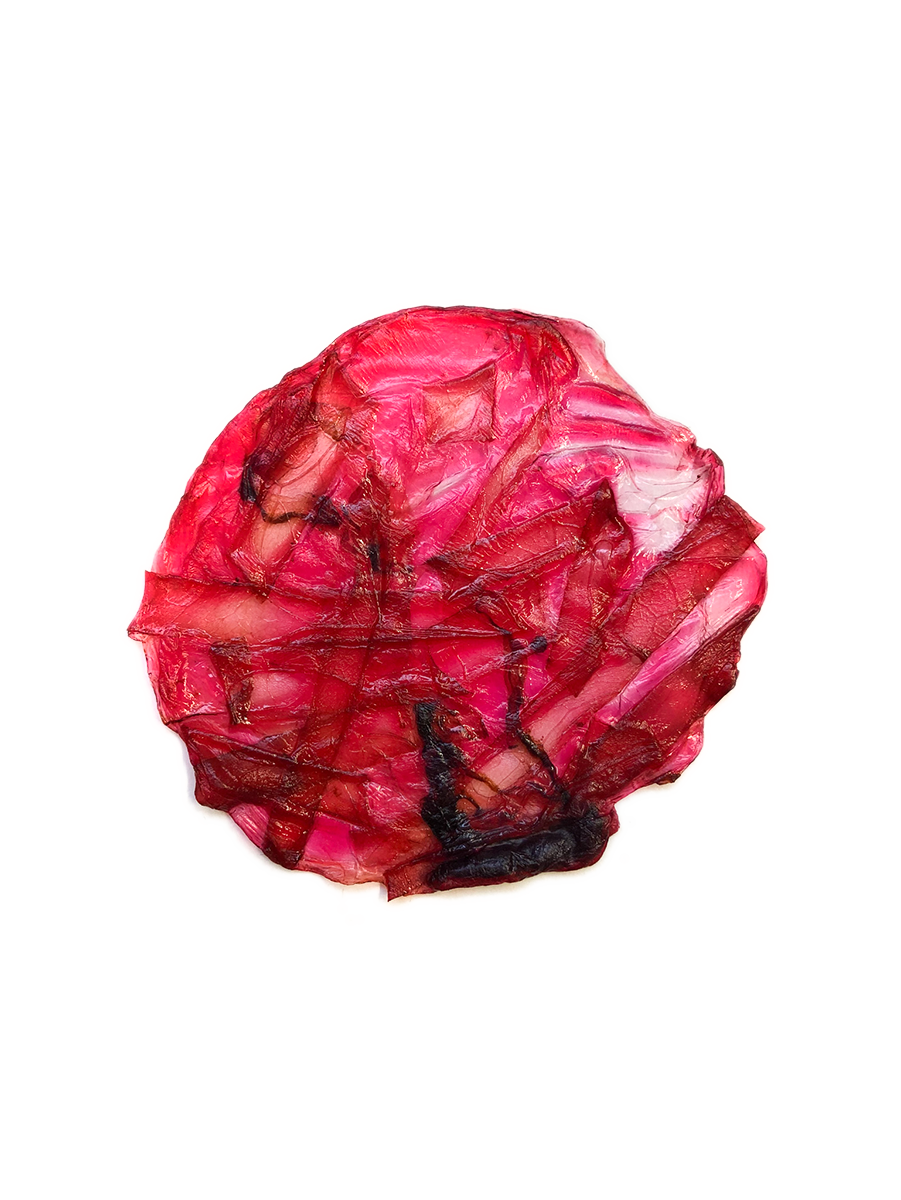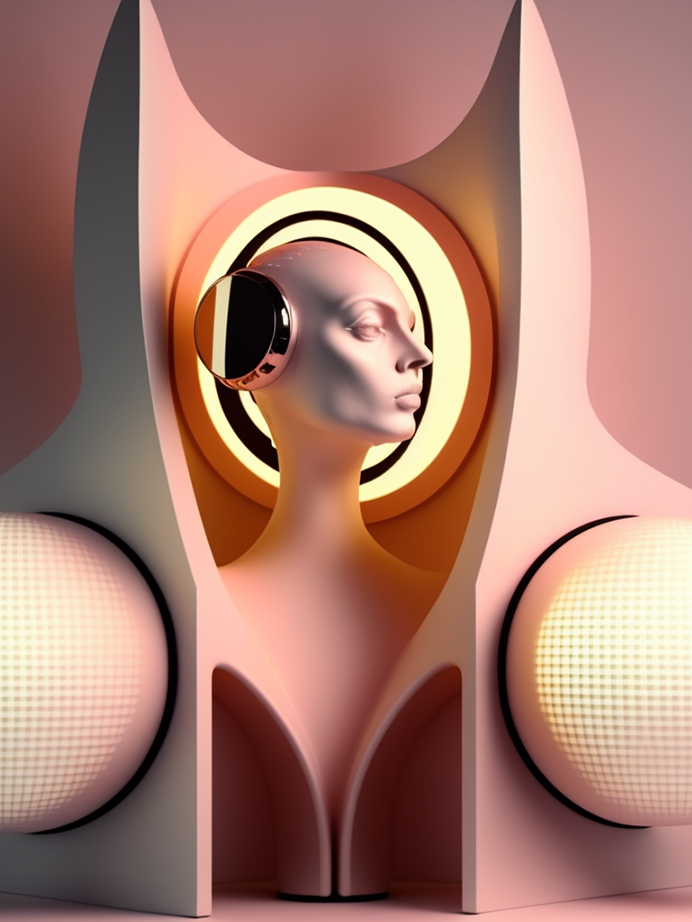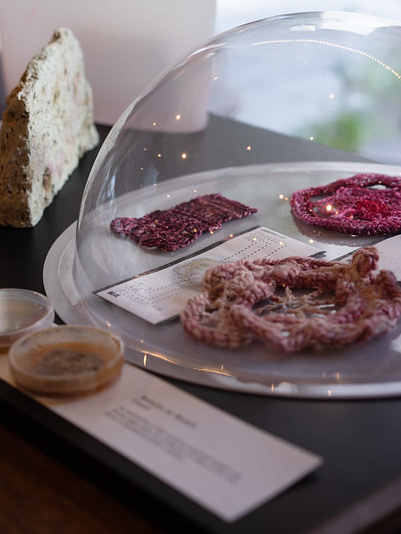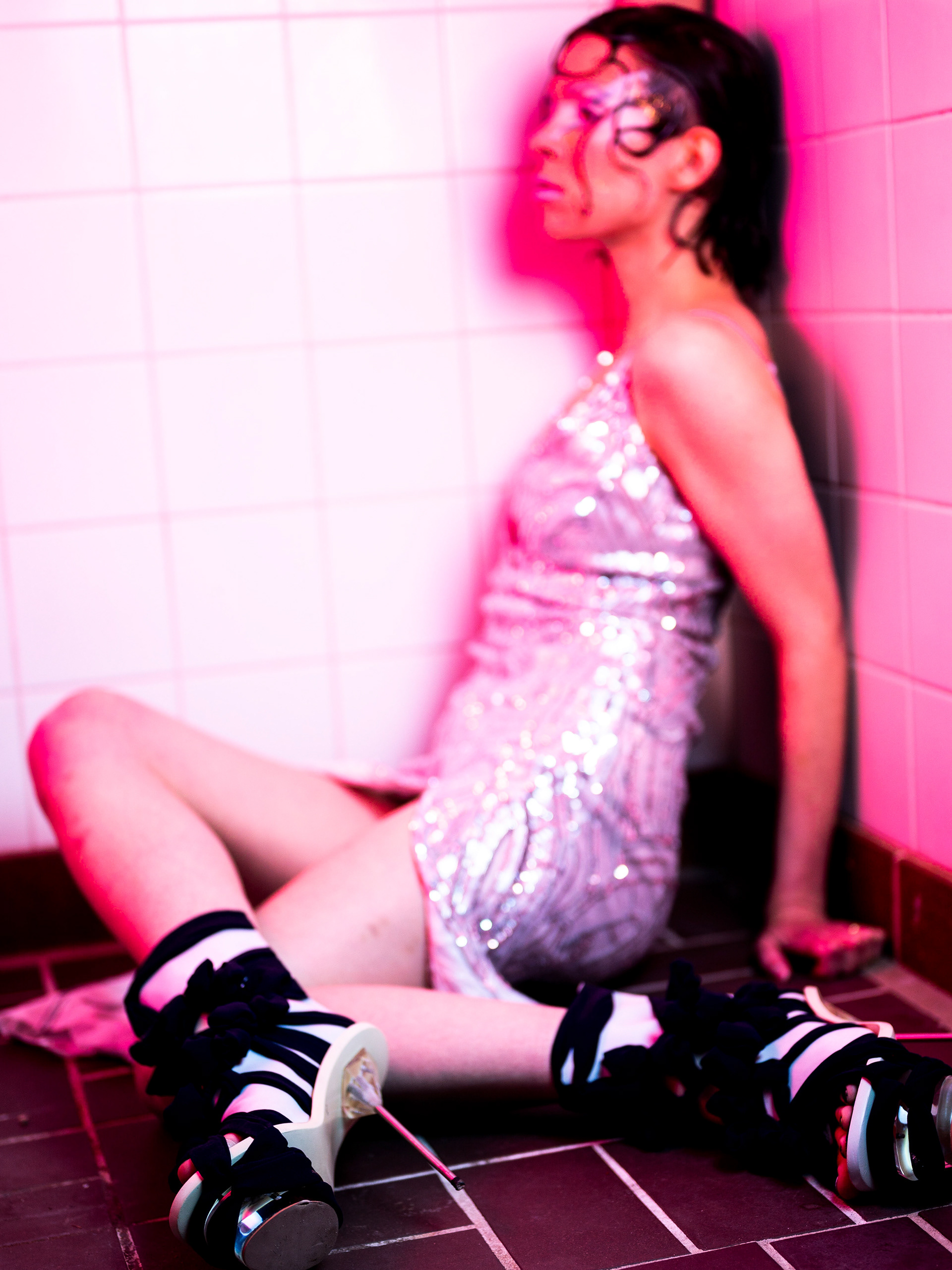A FORAY INTO THE AESTHETIC EXPRESSIONS OF BACTERIAL CELLULOSE- KNIT TEXTILE COMPOSITE MATERIALS CHALLENGING AGENTIAL ANTHROPOCENTRISM IN DESIGN
CONCEPT
Design doesn’t occur in isolation, but within a web of interdependent entities, where the human is one of many actors. Design anthropocentrism has hewn a slew of problematic results. Therefore, adopting prespectives that acknowledge the human’s mutualist relation to larger contexts could be an asset in addressing these concerns through design.
Bacterial Brickbats negotiates human/non-human liaisons by proposing a study where sharing agency between the designer and Bacterial cellulose as design partner and artefact results in a material library illustrating differing needs - creative or biological - expressed by various actors that beget a rich expressive range and dimensionality.
Bacterial Brickbats investigates the essential qualities of BC-knit composites in their re-assembled state as demonstration of BC’s potential through a comprehensive material library.
This exploration identifies designeable qualities achieved through human-bacterial efforts, and progressively applies these findings towards situated artefact creation.
PERSPECTIVE
The living quality of BC implies defiance to the human’s sole possession of agency within the textile fabrication process. Human/non-human synchronicity is then key to understanding textile making and the overarching significance of designed objects within larger contexts.
Organic bacterial intelligence is emblazoned in this project as the agential motor expressing sensorial aesthetics by manifesting its needs through its own non-verbal communication ways.
Having gleaned the bacteria's response to human conventions, the conclusions extracted from early stages were intentionally applied as Bacterial Brickbats progressed seeking more manifold results.
This headway is increasingly led by the human, but the overarching evolutive narrative remains co-directed between bacteria and human.
PROCESS
To craft a seamless evolution from a microbial process to contextualised artefacts at human scales, design agency is first positioned as a method to not only facilitate, but encourage bacterial interaction with textile materials and techniques while the human observes and learns from the displayed organic mechanisms.
PASSIVE DESIGN | REFLECTIVE STAGE
Ceding agency to the non-human implies unexpected results, as bacteria have little concern for systematic exploration. Retrieving agency is done through reflection upon the material to determine how innate growth can best be accommodated within textile design. Passive design tackles early aspects of BC-knit interaction, addressing where and to what degree of success BC may reassemble.
Early results of this section achieved in the Reassembly and Fibre Selection subcategories were published in the article 'Fermenting Knits' prior to the completion of this Master project.
REASSEMBLY
Reassembly potential is examined as a subsidiary characteristic of BC’s self-assembling potential by testing the necessary amount of liquid growth medium to enable pellicle formation.
I. FIBRE SELECTION
A wide net is cast across knitted and crocheted scaffolds so as to understand quality of reassembly regarding the best basal properties upon which to cement subsequent experimentation.
II. TECHNIQUE
This category elaborates on the question of whether or not BC reassembles by experimenting with the structure construction from diferent knitting methods; having tested intuitively, the conclusions divide this subcategory between knitting and crochet.
ACTIVE DESIGN | THEMATIC SYNTHESIS
Amalgamating non-human agency and designerly intentionality requires sought outcomes and knowledge of how to achieve this utilising biological and designerly perspectives. Experimental approaches result in artistic investigation compounded with sound scientific processes.
This stage puts forward the growth behaviour of BC where artistic experimentation is conducted towards specific outcomes within closed categories. This isolates and examines each category from the human perspective and through the lens of bacterial agency.
III. COLOUR
Although colouration is partly unstable due to the bacteria's metabolic processes, it can be catalogued within ranges. Colouration focuses on yarn, as colouring the pellicle remains within future design scopes. This set of experiments divides colour in warm tones, cold tones and uncoloured tones.
IV. FORM
Determining morphology is investigated through a widening scope of elements through which stitches conform the whole scaffold; type, orientation, volume.
V. TEXTURE
Sensuous perception of BC composites is demystified through textural exploration.
VI. SCOBY MEETS KNIT
Honing into translating textile into artefact, examined features are merged as means to progress into more complex artefact stages. While these artefacts have no specific intention, they illustrate ways how textile could be applied to fashion contexts within specific applications.
ACTIVE DESIGN | HOLISTIC COMPREHENSION
The human asserts its hold on designerly agency over BC by proposing more dynamic and volatile perspectives. Since results of one kind may come about through neighbouring characteristics, lines between categories become increasingly blurry.
Output results are classified by their principal contributions whilst acknowledging the influence of parallel categories.
VII. COLOUR
This instance of colouration challenges bacterial behaviour through intentional colour placement and scaffold design.
VIII. FORM
Proposing pathways to translate textile into artefacts conforms contends with increased form complexity present in full objects.
IX. TEXTURE
Mismatch in tactile and optic perception is explored through the enactment of visible texture, offering a chance to visually engage with the textile’s touch.
X. KNIT MEETS SCOBY
Utilising BC characterisation as method to compose and propose textile artefacts contextualisable in practice conforms the objective of this category. Body-specific artefactsare devised implementing motion as consequence of textural exploration.
